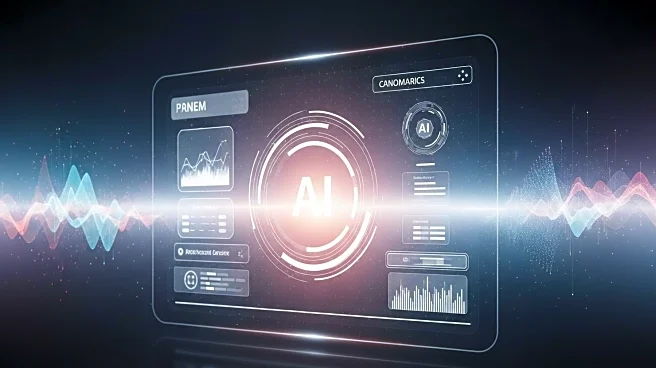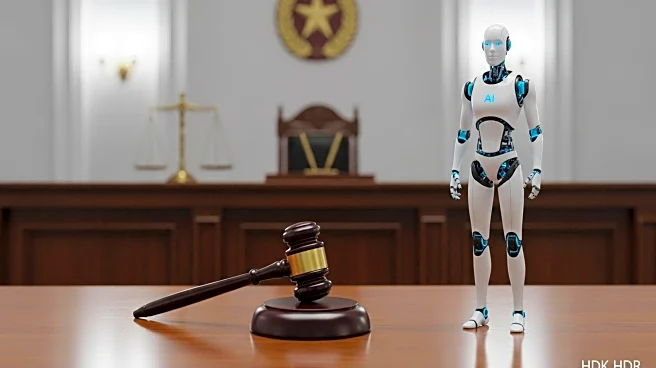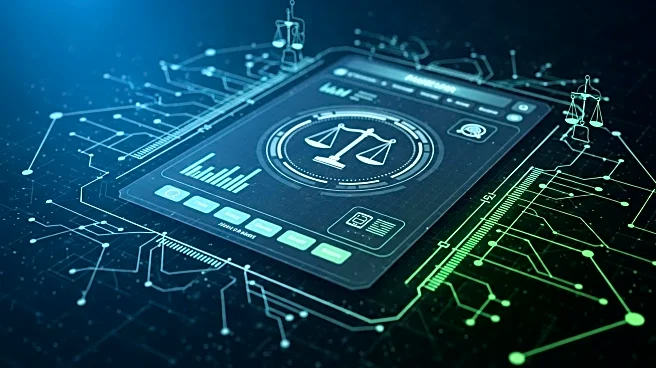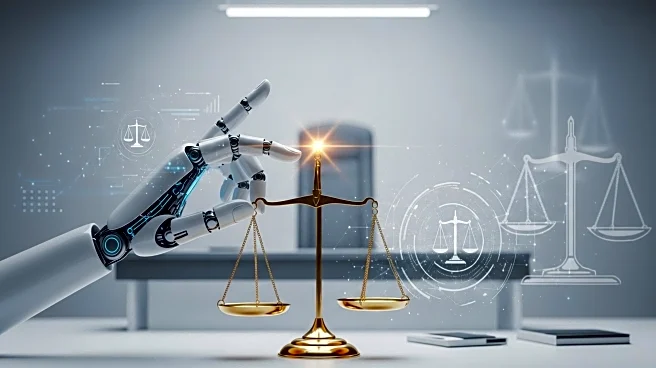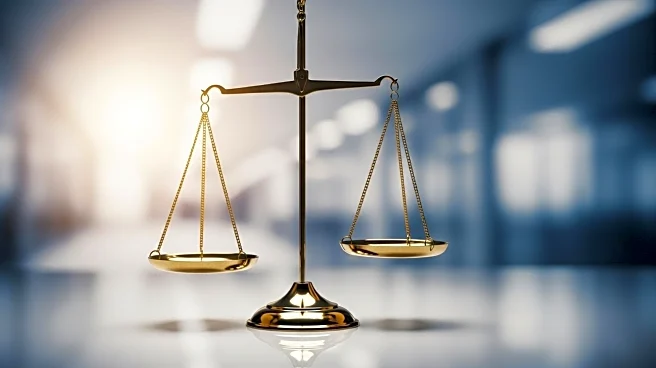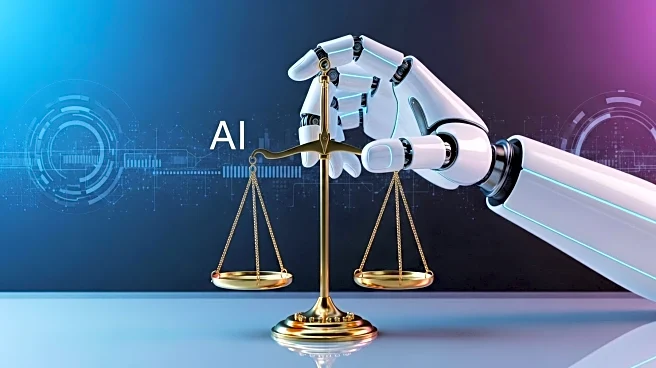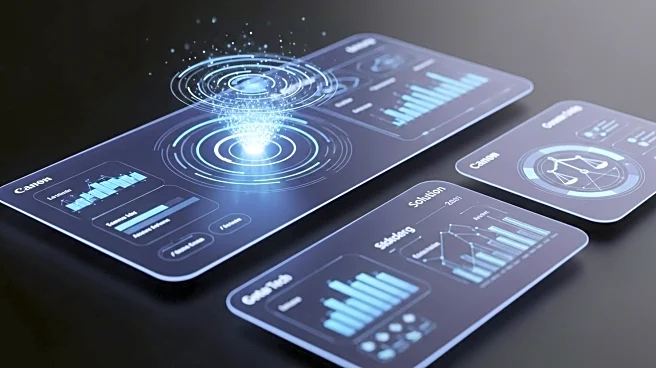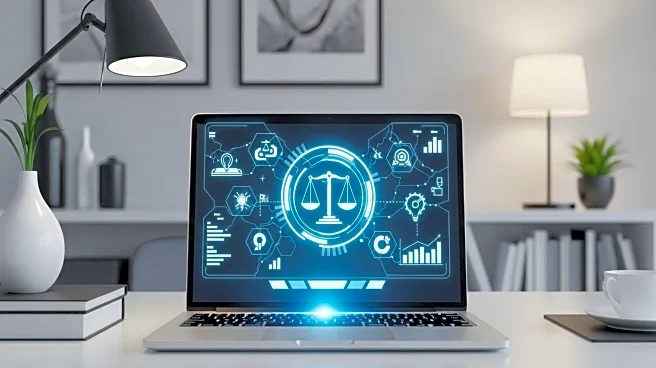What's Happening?
An artificial intelligence (AI) tool developed at the University of Surrey is transforming the transcription process of Supreme Court hearings, aiming to enhance transparency within the legal system. This innovative tool, a custom speech recognition system, has been trained on 139 hours of courtroom hearings and legal documents. According to the university's study, the system reduces transcription errors by up to 9% compared to leading commercial alternatives. Professor Constantin Orăsan, a co-author of the study, highlighted the outdated nature of current court documentation methods and emphasized the tool's ability to improve access to justice. The AI tool is specifically designed to handle the unique language used in British courtrooms, and it also features a semantic matching capability that aligns paragraphs in legal judgments with corresponding timestamps in video recordings. This development has attracted interest from major institutions such as the UK Supreme Court and the National Archives, suggesting potential for wider adoption.
Why It's Important?
The introduction of this AI tool represents a significant advancement in the legal field, particularly in terms of improving the accuracy and accessibility of court proceedings. By reducing transcription errors, the tool ensures that legal records are more reliable, which is crucial for maintaining the integrity of the justice system. The ability to semantically match legal text with video timestamps further aids in the efficient retrieval and understanding of complex legal discussions. This innovation could lead to more transparent and accessible legal processes, benefiting legal professionals, researchers, and the public. The interest from prominent institutions indicates a recognition of the tool's potential to modernize legal documentation practices, which could lead to widespread implementation and a shift towards more technologically integrated legal systems.
What's Next?
The AI tool's successful implementation at the University of Surrey may prompt further trials and evaluations by other legal institutions. As interest grows, particularly from the UK Supreme Court and the National Archives, there could be collaborative efforts to refine and expand the tool's capabilities. Future developments might include adapting the tool for use in different legal systems or languages, potentially leading to international adoption. Additionally, ongoing research could focus on enhancing the tool's accuracy and functionality, ensuring it meets the diverse needs of various legal environments. Stakeholders in the legal and technology sectors may also explore partnerships to integrate this AI solution into broader legal technology frameworks.
Beyond the Headlines
The deployment of AI in legal settings raises important ethical and legal considerations. Ensuring the tool's accuracy and fairness is paramount, as errors or biases in AI systems could have significant implications for justice outcomes. The integration of AI in legal processes also prompts discussions about data privacy and the security of sensitive legal information. As the tool becomes more widely used, there will be a need for clear guidelines and regulations to govern its application, ensuring it complements rather than replaces human judgment in legal proceedings. This development may also influence the future training and roles of legal professionals, as they adapt to working alongside advanced AI technologies.

